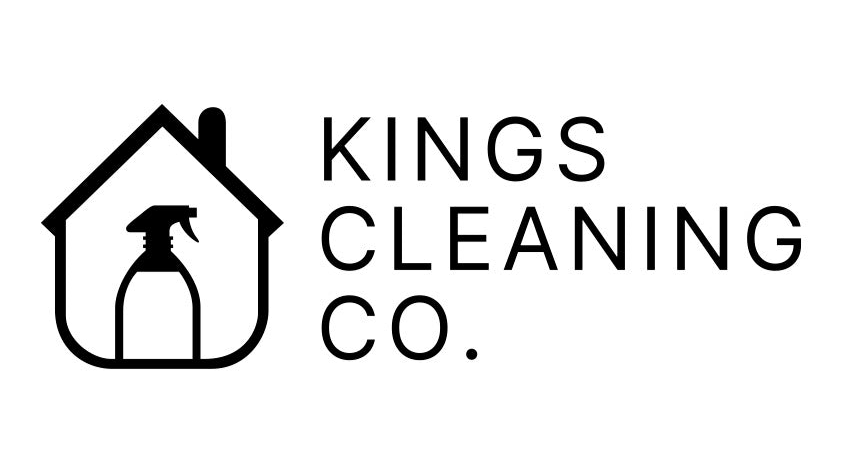While common household cleaning products are effective at making our homes sparkle, they can also pose significant health and environmental risks. Many of these products contain chemicals that can be harmful if inhaled or touched. Fortunately, there are safer alternatives available that can clean effectively without these risks. Here’s a closer look at the hidden dangers of common cleaning products and some safer options you can use instead.
1. Volatile Organic Compounds (VOCs)
Dangers: Many cleaning products, including aerosols, disinfectants, and air fresheners, contain volatile organic compounds (VOCs). VOCs can evaporate into the air at room temperature, and inhaling them can lead to respiratory problems, headaches, and other health issues. They also contribute to indoor air pollution and smog formation outdoors.
Safer Alternatives: Use VOC-free or low-VOC products. Many brands now offer these options specifically marked as low in VOCs. Additionally, natural ingredients like vinegar, baking soda, and essential oils can often replace conventional products for many cleaning tasks.
2. Ammonia and Bleach
Dangers: Ammonia and bleach are powerful cleaning agents found in many household cleaners, including window cleaners and toilet bowl cleaners. These substances can cause irritation to the skin, eyes, throat, and lungs if used improperly. Mixing ammonia and bleach can produce dangerous chlorine gas.
Safer Alternatives: For glass cleaning, a mixture of vinegar and water can be just as effective as ammonia-based cleaners. Baking soda and vinegar can clean toilets effectively without the harsh effects of bleach.
3. Phthalates
Dangers: Phthalates are often used in fragranced products like dish soaps, air fresheners, and even some toilet papers. Exposure to phthalates can disrupt hormones and lead to reproductive health issues.
Safer Alternatives: Choose fragrance-free or all-natural products that use essential oils for scent. Always check labels for phthalate-free products to ensure you are avoiding this chemical.
4. Chlorine
Dangers: Found in scouring powders, toilet bowl cleaners, and mildew removers, chlorine can be highly irritating to the respiratory system, skin, and eyes. It can also form toxic compounds when released into water bodies.
Safer Alternatives: Instead of using chlorine-based products, opt for hydrogen peroxide or oxygen bleach for similar results. These substances break down into water and oxygen and are less harmful to the environment.
5. 2-Butoxyethanol
Dangers: Common in kitchen, window, and multipurpose cleaners, 2-butoxyethanol can cause sore throats, narcosis, and liver and kidney damage. It is not required to be listed on product labels in some countries, making it harder to avoid.
Safer Alternatives: Look for plant-based cleaners that specify their ingredients clearly on the label. Making your own cleaners with ingredients like lemon juice, vinegar, and baking soda ensures you know exactly what’s in your cleaning products.
Conclusion
Understanding the potential dangers of common cleaning products is crucial for protecting your health and the environment. By opting for safer alternatives, you can maintain a clean home without exposing yourself and your family to harmful chemicals. As awareness grows, more companies are offering effective, eco-friendly cleaning products, making it easier than ever to make safer choices.





Comments (0)
There are no comments for this article. Be the first one to leave a message!